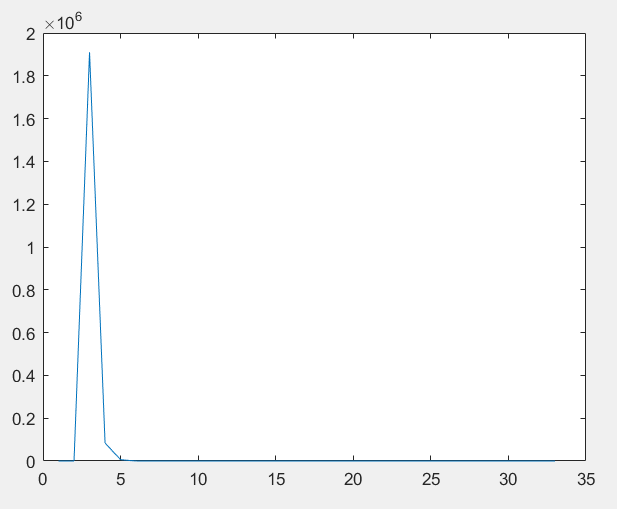I followed your tips (thanks!!) but I got this error:
Error using gpuArray/reshape
Number of elements must not change. Use as one of the size inputs to automatically calculate the appropriate
size for that dimension.
Error in KronPolicyIndexes_FHorz_Case1 (line 22)
Policy=reshape(Policy,[size(Policy,1),N_a,N_z,N_j]);
^^^^^^^^^^^^^^^^^^^^^^^^^^^^^^^^^^^^^^^^^^^^
Error in SimPanelValues_FHorz_Case1 (line 221)
PolicyIndexesKron=KronPolicyIndexes_FHorz_Case1(Policy, n_d, n_a, n_z, N_j); % Create it here as want it both here and inside SimPanelIndexes_FHorz_Case1 (which will recognise that it is already in this form)
^^^^^^^^^^^^^^^^^^^^^^^^^^^^^^^^^^^^^^^^^^^^^^^^^^^^^^^^^
Error in SimPanelValues_FHorz_Case1_PType (line 242)
SimPanelValues_ii=SimPanelValues_FHorz_Case1(InitialDist_temp,Policy_temp,FnsToEvaluate_temp,Parameters_temp,FnsToEvaluateParamNames_temp,n_d_temp,n_a_temp,n_z_temp,N_j_temp,d_grid_temp,a_grid_temp,z_grid_temp,pi_z_temp, simoptions_temp);
^^^^^^^^^^^^^^^^^^^^^^^^^^^^^^^^^^^^^^^^^^^^^^^^^^^^^^^^^^^^^^^^^^^^^^^^^^^^^^^^^^^^^^^^^^^^^^^^^^^^^^^^^^^^^^^^^^^^^^^^^^^^^^^^^^^^^^^^^^^^^^^^^^^^^^^^^^^^^^^^^^^^^^^^^^^^^^^^^^^^^^^^^^^^^^^^^^^^^^^^^^^^^^^^^^^^^^^^^^^
Error in DeNardiFrenchJoines2010 (line 694)
SimPanelValues=SimPanelValues_FHorz_Case1_PType(InitialDist,PTypeDistParamNames,Policy,FnsToEvaluate,Params,n_d,n_a,n_z,N_j,Names_i,d_grid,a_grid,z_grid,pi_z_J, simoptions);
^^^^^^^^^^^^^^^^^^^^^^^^^^^^^^^^^^^^^^^^^^^^^^^^^^^^^^^^^^^^^^^^^^^^^^^^^^^^^^^^^^^^^^^^^^^^^^^^^^^^^^^^^^^^^^^^^^^^^^^^^^^^^^^^^^^^^^^^^^^^^^^^^^^^^^^^^^^^^
My code is this:
simoptions=struct();
simoptions.simperiods=N_j;
simoptions.numbersims=1000;
InitialDist=zeros([n_a,n_z,n_e],'gpuArray');
InitialDist(1,1,8,4)=1;
PTypeDistParamNames = {'ptypemasses'};
Params.ptypemasses = (1/10)*ones(1,length(Names_i));
SimPanelValues=SimPanelValues_FHorz_Case1_PType(InitialDist,PTypeDistParamNames,Policy,FnsToEvaluate,Params,n_d,n_a,n_z,N_j,Names_i,d_grid,a_grid,z_grid,pi_z_J, simoptions);
The rest of the code is the same as yours on github
